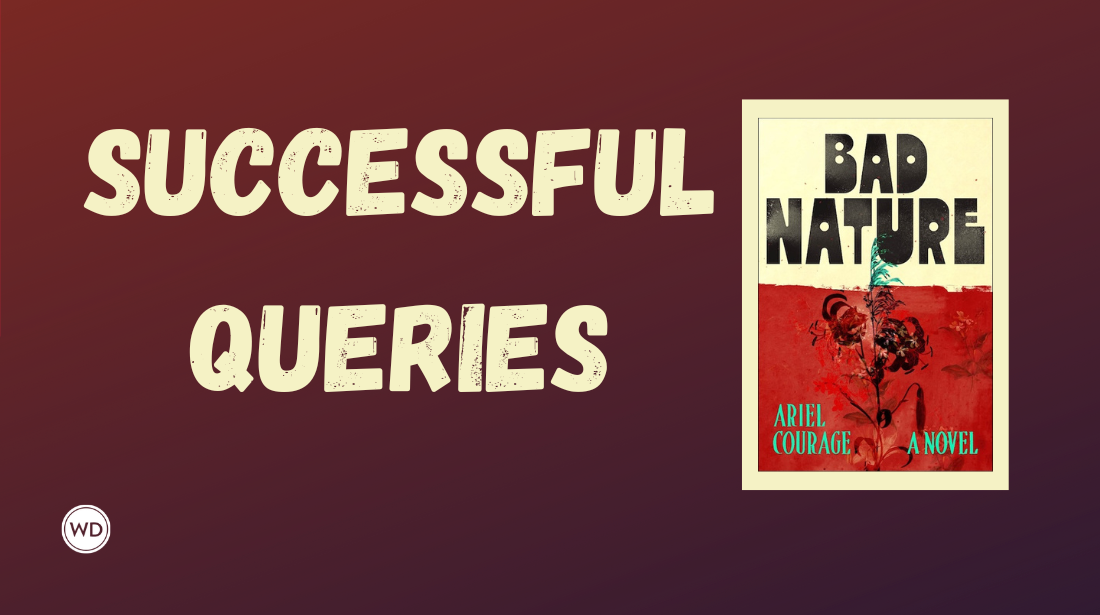5 Tips for Organizing Poetry Chapbook Manuscripts
With another November PAD Chapbook Challenge about to start, I thought I’d share some tips I’ve picked up over the years on assembling poetry collections, especially chapbook-sized manuscripts. These tips…
With another November PAD Chapbook Challenge about to start, I thought I'd share some tips I've picked up over the years on assembling poetry collections, especially chapbook-sized manuscripts. These tips aren't for formatting or promoting--just some food for thought on organizing the poems.
Here are five tips for organizing a poetry chapbook:
- Best poems. In this chapbook manuscript, the poems are ordered sequentially from "best" poem to "least best" poem in the collection. While poets should always put their best foot forward in a poetry collection, especially with the first poem in the collection, ordering strictly on "best to least best" can miss opportunities to have the poems communicate with each other.
- Themed poems. Many of the most successful chapbook collections merge great poems with a unified theme, which could be a specific topic (parenting poems, baseball poems, etc.) or even a poetic form (sonnets, villanelles, etc.). When done well, themed chapbooks can make for a great reading experience on both a poem-by-poem level and for the collection as a whole.
- Chronological poems. For this type of chapbook, the poet organizes poems in the chronological order that the poems were written and/or published. This format is often employed in "collected works" and anthologies, which is probably where some poets get the idea to use on their chapbook. As with the "best poems" collection, this organization can miss opportunities.
- Emotional poems. Poems in this collection may not be unified by a theme, but the poems may be organized by emotional range. For example, poems in the beginning of the collection may be optimistic and slowly move toward pessimistic (or the reverse). Organizing off emotion can help a collection feel connected even when it swings from one topic to another.
- Linked poems. As with the "emotional poems" collection, this type of organization looks more at links on a poem-to-poem level. Maybe "poem 1" has a line about cold weather and "poem 2" is about New Year's Eve and "poem 3" is about Independence Day and "poem 4" is about fireworks, etc. It's kind of like playing the "6 Degrees of Kevin Bacon" game with your poems.
Bonus tip: The first poem is the most important in the collection. There's no way to get around the fact that the first poem is usually the first poem someone reads, whether by a contest judge or a potential reader of your chapbook. As such, the first poem sets the tone, the stakes, the expectations, etc. No pressure, right? But it can't be overstated that the first poem should be darn good (even if it's not the best of the collection), because that's where everything starts.
*****
Workshop your poetry.Click here to learn more.
*****
Robert Lee Brewer is Senior Content Editor of the Writer's Digest Writing Community and author of two sold out limited edition chapbooks, ENTER and ESCAPE. He's also the author of the still in print full-length collection Solving the World's Problems from Press 53. He's married to the poet Tammy Foster Brewer, who has had two chapbook collections published (Interchangeable Goddesses and No Glass Allowed) and who helps Robert keep track of their five little poets (four boys and one princess/linebacker). Follow him on Twitter @robertleebrewer.
*****
Find more poetic posts here:
Robert Lee Brewer is Senior Editor of Writer's Digest, which includes managing the content on WritersDigest.com and programming virtual conferences. He's the author of 40 Plot Twist Prompts for Writers: Writing Ideas for Bending Stories in New Directions, The Complete Guide of Poetic Forms: 100+ Poetic Form Definitions and Examples for Poets, Poem-a-Day: 365 Poetry Writing Prompts for a Year of Poeming, and more. Also, he's the editor of Writer's Market, Poet's Market, and Guide to Literary Agents. Follow him on Twitter @robertleebrewer.








